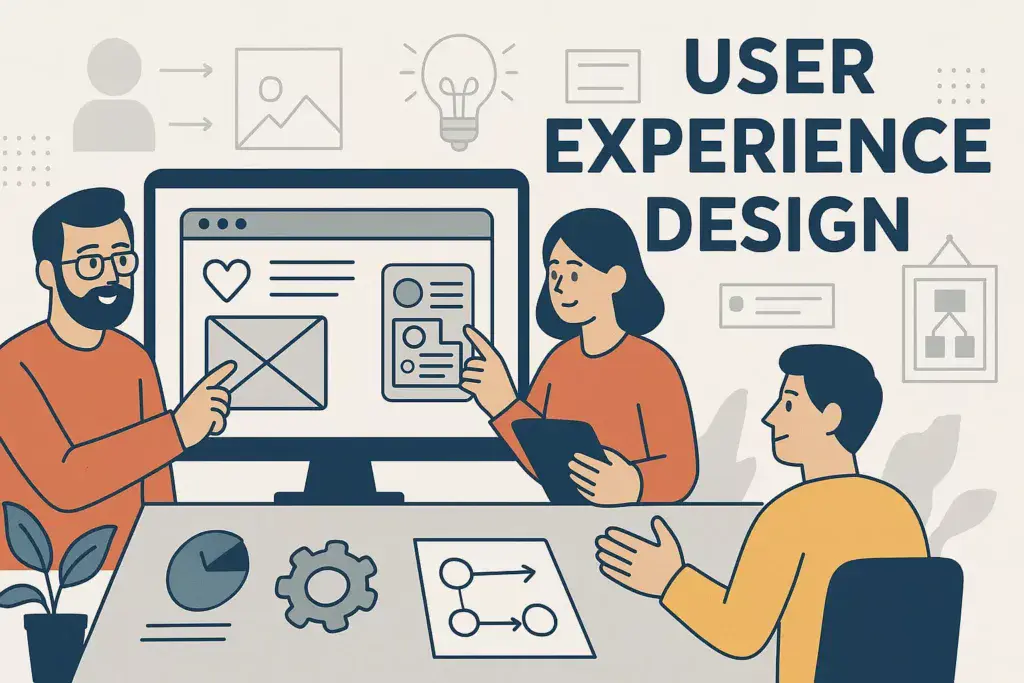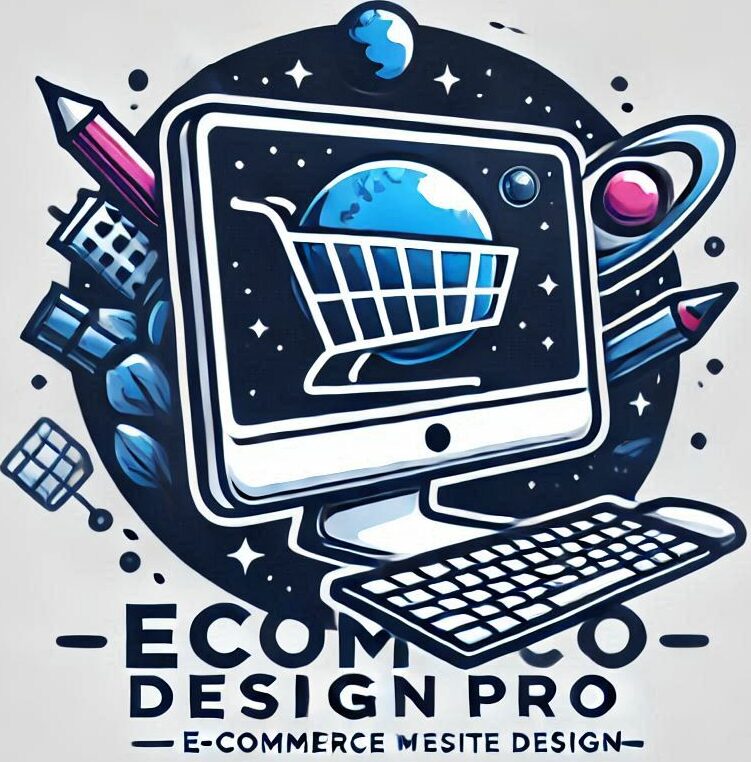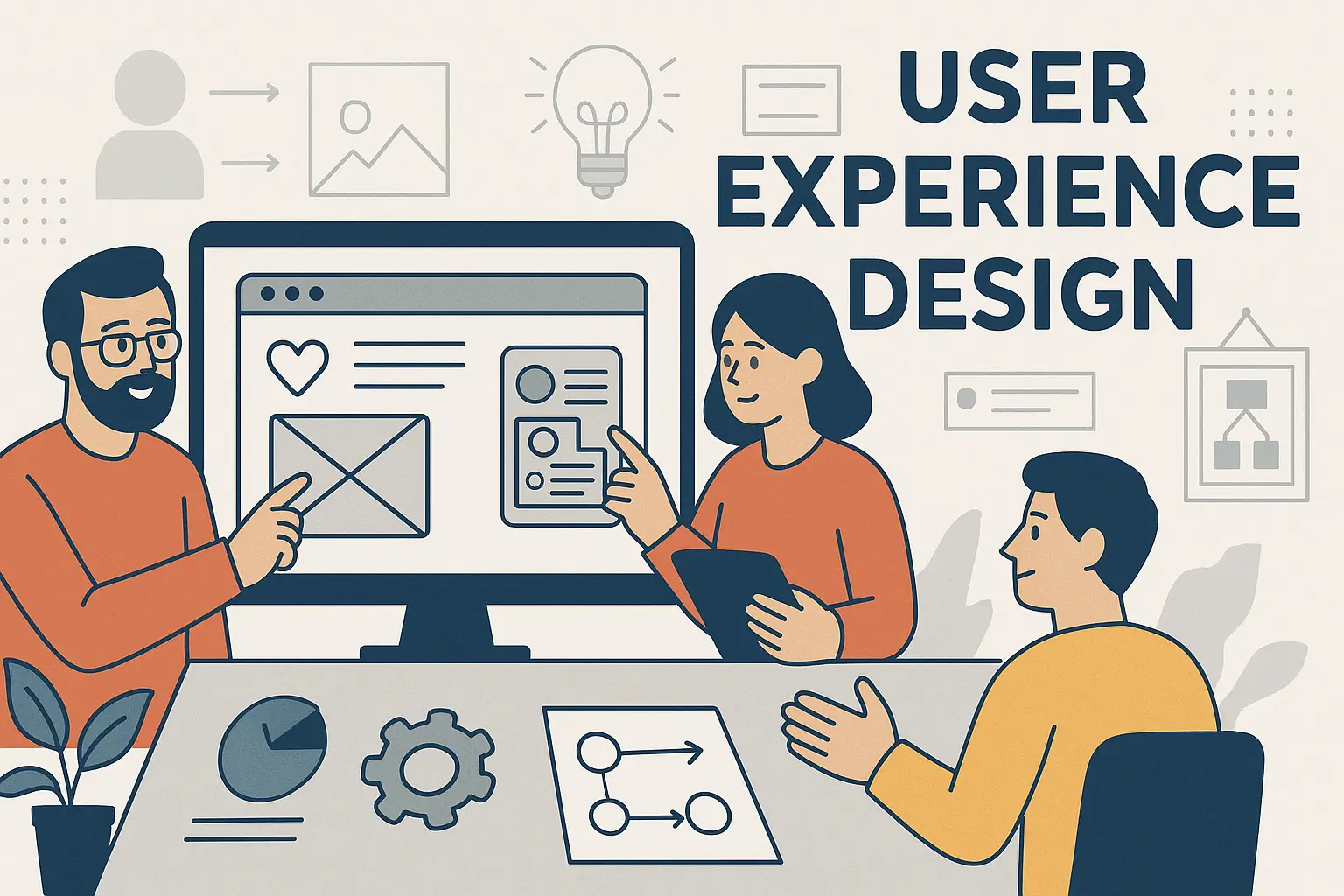
I. Introduction to User Experience Design
In today’s digital landscape, where users are inundated with an overwhelming array of choices and interfaces, user experience (UX) design has emerged as a crucial discipline. At its core, UX design is about creating products that provide meaningful and relevant experiences to users. This field encompasses various elements, including usability, interaction design, information architecture, and visual aesthetics, all aimed at enhancing overall user satisfaction when engaging with a product or service.
The importance of UX design cannot be overstated. A well-designed user experience can significantly influence a user’s perception of a brand, drive higher engagement rates, and ultimately lead to increased conversions and customer loyalty. Conversely, a poor user experience can frustrate users, lead to abandonment, and damage a brand’s reputation. Therefore, UX design is not just about aesthetics; it ensures that products are intuitive, efficient, and enjoyable to use.
In this article, we will delve deeper into the principles and practices that underpin effective user experience design. From understanding user needs through research and feedback to applying design principles that enhance usability, we will explore the essential components that contribute to successful UX. By the end of this exploration, you will be equipped with expert advice and actionable insights that can elevate your approach to user experience design, ensuring that the products you create resonate with your target audience.
II. Understanding the User
In UX design, understanding the user is paramount. A well-crafted user experience hinges on how effectively designers can anticipate and respond to the needs, behaviors, and motivations of their target audience. This section delves into key strategies for gaining insights into users, ultimately informing and enhancing the design process.
A. Conducting User Research
User research is the foundation of any UX design project. It involves gathering qualitative and quantitative data about users to inform design decisions. Various methods can be employed to conduct effective user research:
1. **Surveys and Questionnaires**: These tools allow designers to collect data from a broad audience about their preferences, behaviors, and pain points. Tailoring the questions to solicit specific insights can yield valuable information.
2. **Interviews**: One-on-one interviews provide a deeper understanding of user experiences and motivations, allowing designers to explore user thoughts in detail and uncover insights that might not surface in broader surveys.
3. **Ethnographic Studies**: Observing users in their natural environment can reveal valuable context about how they interact with products or services. This method helps designers see beyond what users say and understand their actual behavior.
4. **Focus Groups**: Bringing together a small group of users can stimulate discussions that yield varied perspectives on their experiences and needs. This method can uncover trends and common pain points that may not emerge in individual interviews.
By employing a mix of these research methods, designers can build a comprehensive understanding of their user base, leading to more informed design decisions.
B. Creating User Personas
Once user research is completed, the next step is to synthesize the findings into user personas. A user persona is a semi-fictional representation of a target user group, created based on real data and insights gathered during research. Personas help designers keep the user’s needs at the forefront throughout the design process.
Effective user personas typically include:
1. **Demographic Information**: Age, gender, occupation, and other relevant details that provide context about the user.
2. **Goals and Motivations**: Understanding what users aim to achieve helps in designing solutions that align with their expectations.
3. **Pain Points**: Identifying users’ challenges and frustrations allows designers to develop features that address these issues directly.
4. **Behavior Patterns**: Insights into how users interact with similar products can guide the design in terms of functionality and usability.
Creating multiple personas can help capture the diversity within the user base, ensuring that the design considers various needs and perspectives. These personas serve as a reference point throughout the design process, guiding decisions and fostering empathy for the end user.
C. Analyzing User Feedback
User feedback is an invaluable resource for understanding how well a design meets user needs. This feedback can be gathered through various channels:
1. **User Testing Sessions**: Observing users as they interact with a prototype or final product can reveal immediate areas for improvement. This direct observation provides insights that quantitative data may overlook.
2. **Feedback Forms and Surveys**: After a user has interacted with a product, soliciting feedback through structured forms can help gather specific insights on user satisfaction and usability.
3. **Analytics Tools**: Utilizing tools that analyze user behavior, such as heatmaps or click tracking, can provide data-driven insights into how users navigate a site or application. This information can highlight areas of confusion or disengagement.
4. **Support and Customer Service Interactions**: Analyzing common inquiries and complaints can help identify recurring issues that users face, offering opportunities for improvement.
By systematically analyzing user feedback, designers can identify trends and make informed adjustments to enhance the overall user experience. This iterative process ensures that the design evolves in alignment with user needs, leading to a more effective and satisfying product.
Understanding the user is a continuous journey that requires ongoing research, empathy, and adaptation. By prioritizing user insights, designers can create experiences that resonate with their audience, ultimately leading to greater user satisfaction and engagement.
III. Design Principles
Design principles serve as the foundation for creating effective user experiences. By adhering to these principles, designers can ensure that their work is not only aesthetically pleasing but also functional and intuitive. In this section, we will explore three essential design principles: consistency in design, visual hierarchy, and accessibility considerations.
A. Consistency in Design
Consistency is crucial in user experience design as it helps users develop familiarity with a product. When elements of a design behave in predictable ways, users can navigate more effortlessly and achieve their goals without confusion. Consistency can manifest in various forms, including uniformity in color schemes, typography, button styles, and interaction patterns.
To achieve consistency, design teams should establish a style guide that outlines the visual and interaction standards for the product. This guide serves as a reference point for all designers and developers involved in the project, ensuring that all components align with the overall vision. Furthermore, maintaining consistency across different platforms—such as mobile, desktop, and tablet—enhances the user experience, allowing users to transition seamlessly between devices.
B. Visual Hierarchy
Visual hierarchy is the arrangement of design elements in a way that signifies importance and guides the user’s attention. Effective use of visual hierarchy ensures that users can quickly identify key information and navigate the interface intuitively. Designers can establish a clear visual hierarchy through various techniques such as size, color, contrast, and spacing.
For instance, larger and bolder text can indicate headings or important content, while subdued colors may denote secondary information. Utilizing whitespace effectively can also create separation between elements, making it easier for users to digest information. By thoughtfully organizing visual elements, designers can lead users through a logical flow, enhancing both understanding and engagement.
C. Accessibility Considerations
Accessibility in design is about creating products that can be used by everyone, including individuals with disabilities. An accessible design not only broadens the user base but also reflects a commitment to inclusivity. To achieve accessibility, designers must consider various factors, such as color contrast, text size, alternative text for images, and keyboard navigation.
To ensure that designs meet accessibility standards, teams can utilize tools and guidelines, such as the Web Content Accessibility Guidelines (WCAG). Additionally, incorporating accessibility testing into the design process can help identify potential barriers and ensure that all users can interact with the product effectively. By prioritizing accessibility, designers contribute to a better user experience for all, fostering a sense of belonging and engagement among diverse audiences.
In summary, the principles of consistency in design, visual hierarchy, and accessibility considerations are fundamental to creating user-centric interfaces. By applying these principles, designers can enhance usability, promote engagement, and ensure that their products cater to a wide range of users.
IV. Testing and Iteration
In the dynamic field of user experience design, testing and iteration are crucial components that bridge the gap between initial concepts and a polished final product. These processes ensure that the design not only meets user needs but also adapts to their feedback and changing behaviors over time. This section will explore essential testing methodologies and the importance of iterative design.
A. A/B Testing
A/B testing, also known as split testing, is a powerful technique that allows designers to compare two versions of a design element to determine which performs better. By randomly presenting one version (Version A) to a segment of users, while another version (Version B) is shown to a different segment, designers can collect quantitative data on user interactions.
This method is particularly effective for optimizing conversion rates, as it helps identify which design elements resonate more with users. For instance, a call-to-action button can be tested in different colors, sizes, or placements to see which variation garners more clicks. The insights gained from A/B testing not only inform design decisions but also help prioritize features that enhance user engagement.
B. Usability Testing Methods
Usability testing involves observing real users as they interact with a product to identify pain points, confusion, or any obstacles they may encounter. There are various methods of usability testing, including moderated sessions, unmoderated tests, and remote usability testing.
1. **Moderated Usability Testing**: In this method, a facilitator guides participants through tasks in real-time, asking probing questions to gain deeper insights into their thought processes. This format allows for immediate feedback and clarification, making it ideal for uncovering nuanced user behaviors.
2. **Unmoderated Usability Testing**: This approach allows users to complete tasks independently, often using software that records their interactions. Unmoderated testing is cost-effective and can reach a broader audience, providing valuable data without the need for a facilitator.
3. **Remote Usability Testing**: Conducted online, this method enables testers to observe users from different geographic locations, expanding the diversity of user feedback. Remote testing can simulate real-world scenarios, offering insights into how users interact with a product in their natural environment.
Each of these methods can reveal critical issues that might not be apparent through traditional design reviews. By incorporating usability testing into the design process, designers can make informed adjustments that enhance the overall user experience.
C. Iterating Based on Results
The final step in the testing process is iteration. Armed with insights from A/B testing and usability testing, designers must be ready to refine their designs. Iteration is not merely about making surface-level changes; it involves a deep analysis of user feedback and data to enhance functionality, usability, and aesthetic appeal.
This cycle of testing, analyzing, and refining should be ongoing. After implementing changes, it’s essential to test the new design again. This iterative process ensures that the product evolves in alignment with user needs and preferences, ultimately leading to a more satisfying user experience.
In conclusion, testing and iteration are indispensable elements of successful user experience design. By employing A/B testing and various usability testing methods, designers can gather valuable insights, and by iterating based on these results, they can create products that not only meet but exceed user expectations.
V. Conclusion and Key Takeaways
In the rapidly evolving digital landscape, user experience (UX) design remains a cornerstone of successful product development. It is not merely a phase in the design process; rather, it is an ongoing commitment to understanding and improving how users interact with your product. This article has explored the essential components of UX design, emphasizing the importance of a user-centered approach.
Key takeaways from our discussion include:
1. **Understanding Your Users is Fundamental**: Conducting thorough user research and creating detailed user personas are critical steps. These methods allow designers to empathize with users, ensuring that their needs and pain points are front and center in the design process.
2. **Adhering to Design Principles**: Consistency, visual hierarchy, and accessibility are vital design principles that enhance usability. Consistent interfaces foster familiarity, while a clear visual hierarchy guides users through content effectively. Accessibility considerations ensure that all users, regardless of their abilities, can engage with your design.
3. **The Importance of Testing and Iteration**: A/B testing and usability testing are invaluable tools for gathering insights into user behavior and preferences. Iterating based on results not only refines the design but also fosters a culture of continuous improvement, responding to user feedback and changing needs.
In summary, effective user experience design is an iterative process that thrives on user insights, adherence to design principles, and a willingness to adapt. By prioritizing the user experience, designers can create products that are functional and delightful to use, ultimately leading to greater user satisfaction and loyalty. As we move forward, let us remember that the key to exceptional UX lies in the relentless pursuit of understanding and serving the user.
VI. Final Thoughts
In the fast-evolving landscape of digital products and services, the importance of user experience design cannot be overstated. As we have explored throughout this article, creating a seamless and engaging experience for users involves a multifaceted approach that combines a deep understanding of user needs, robust design principles, and a commitment to continual testing and iteration.
Ultimately, successful user experience design hinges on empathy and adaptability. By prioritizing the user at every stage of the design process, from initial research to final testing, designers can create products that not only meet user expectations but also delight them. The insights gained through user feedback and testing empower designers to refine and enhance their work, ensuring that the final product resonates with its intended audience.
As you embark on your user experience design journey, remember that the field is not static; it is a dynamic environment that thrives on innovation and responsiveness to user behavior. Stay informed about emerging trends, tools, and methodologies, and be willing to adapt your strategies as you grow in your understanding of user needs.
In conclusion, by embracing the principles outlined in this article and fostering a culture of user-centric design, you can contribute to creating meaningful and impactful experiences. The path to excellent user experience design is ongoing, requiring dedication and a willingness to learn from both successes and setbacks. Keep the user at the heart of your design process, and you will undoubtedly pave the way for products that inspire and engage.


